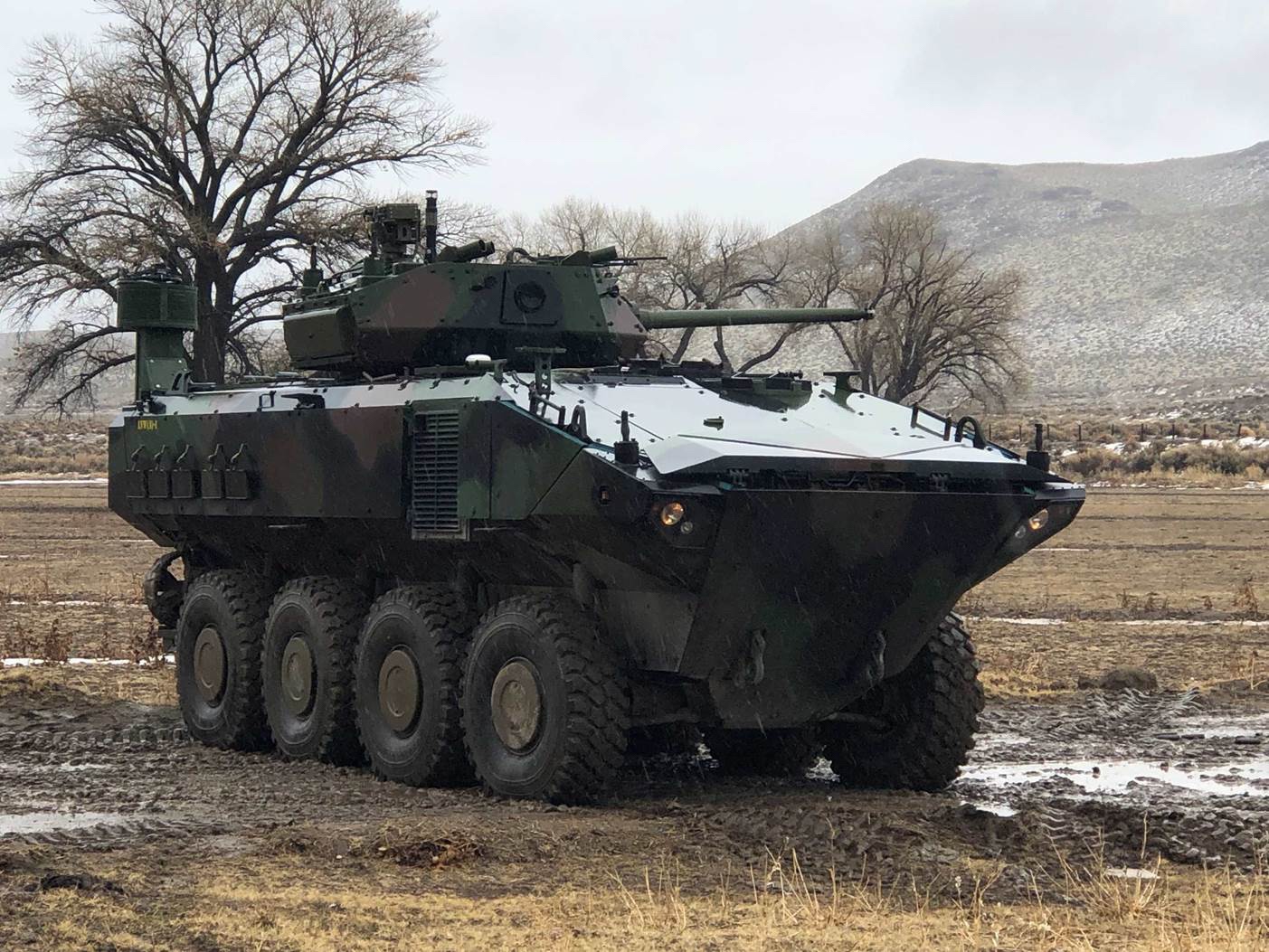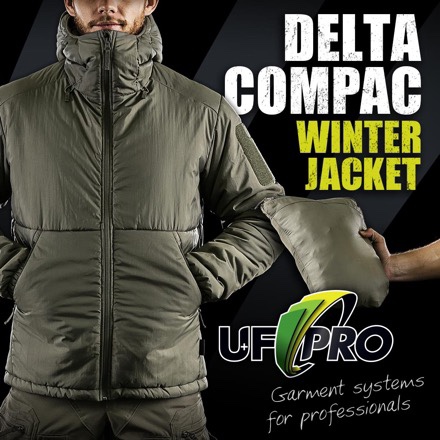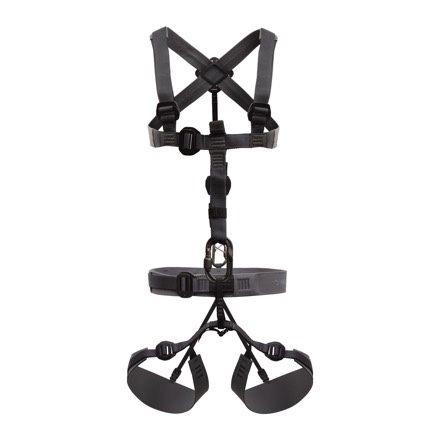LAS VEGAS, N.V. – September 24, 2021 – Industry Day at the Range is pleased to announce several industry top manufacturers that have renewed their commitment as Supporting Sponsors for the 2022 event. With the return of these sponsors, there is one Supporting Sponsorship still available with a 50-yard exclusive bay. Prospective sponsors can learn more about the remaining space online.
Companies renewing their Supporting Sponsorship:
• Action Target
• Armscor
• Browning
• Bushnell
• Federal Premium Ammunition
• Maxim Defense
• Rock Island Armory
• Ruger Firearms
• Savage Arms
• Springfield Armory
• TrueTimber
• Walther Arms
• Winchester
For those interested in exhibiting in 2022, exhibitor space is extremely limited and approaching sell-out. Range spaces for ammunition and firearms exhibitors are in short supply, so potential participants are encouraged to register as soon as possible. Exhibitor registration is expected to close on October 29, 2021. You do not need to be an exhibitor of SHOT Show to exhibit at Industry Day. Details about exhibiting opportunities and pricing can be found here.
The 2022 Industry Day at the Range will take place at the Boulder Rifle and Pistol Club in Boulder City, Nevada on Monday, January 17, 2022 from 8:30a.m. to 4:30p.m. More information about Industry Day at the Range can be found at SHOTShowRangeDay.com.


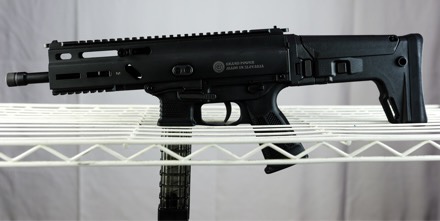
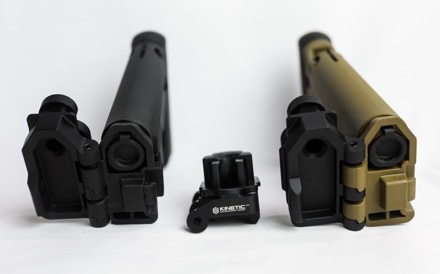
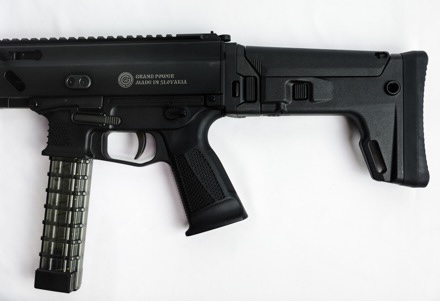
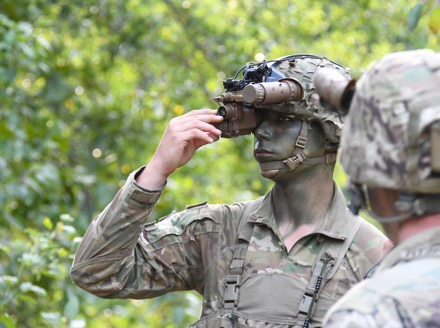
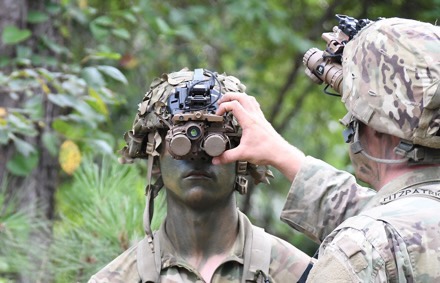
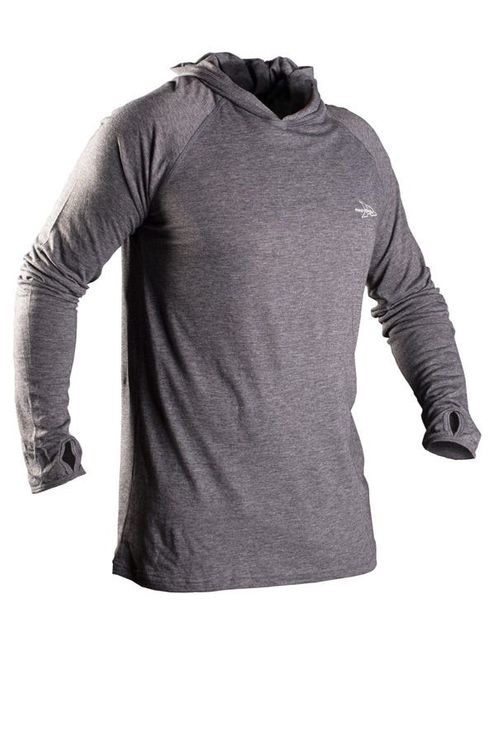
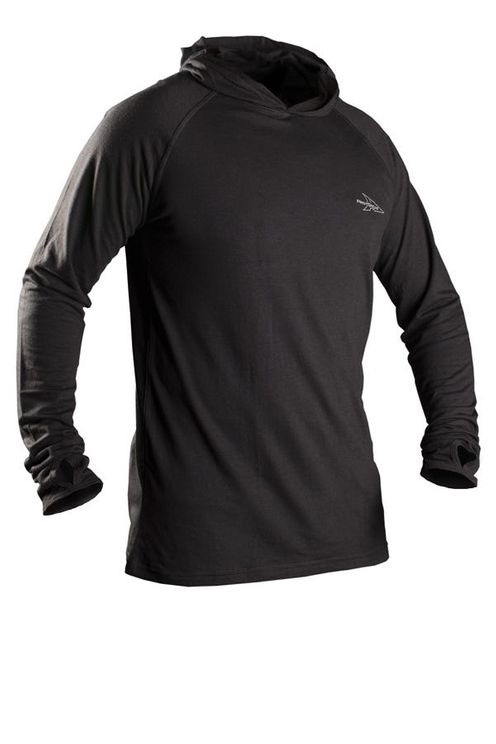
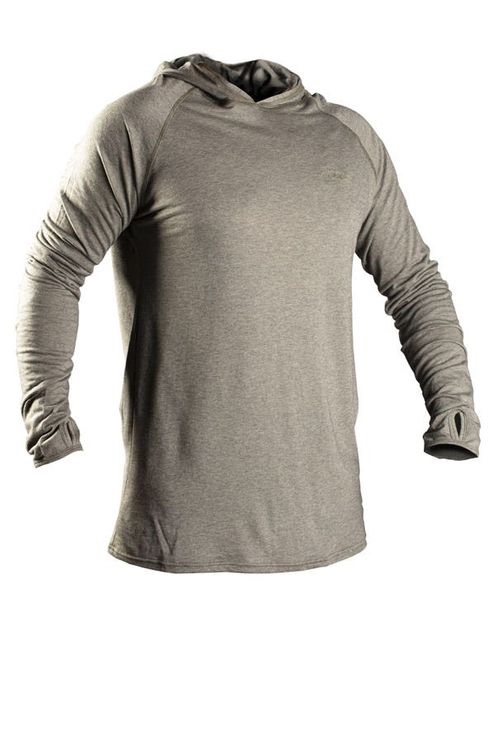
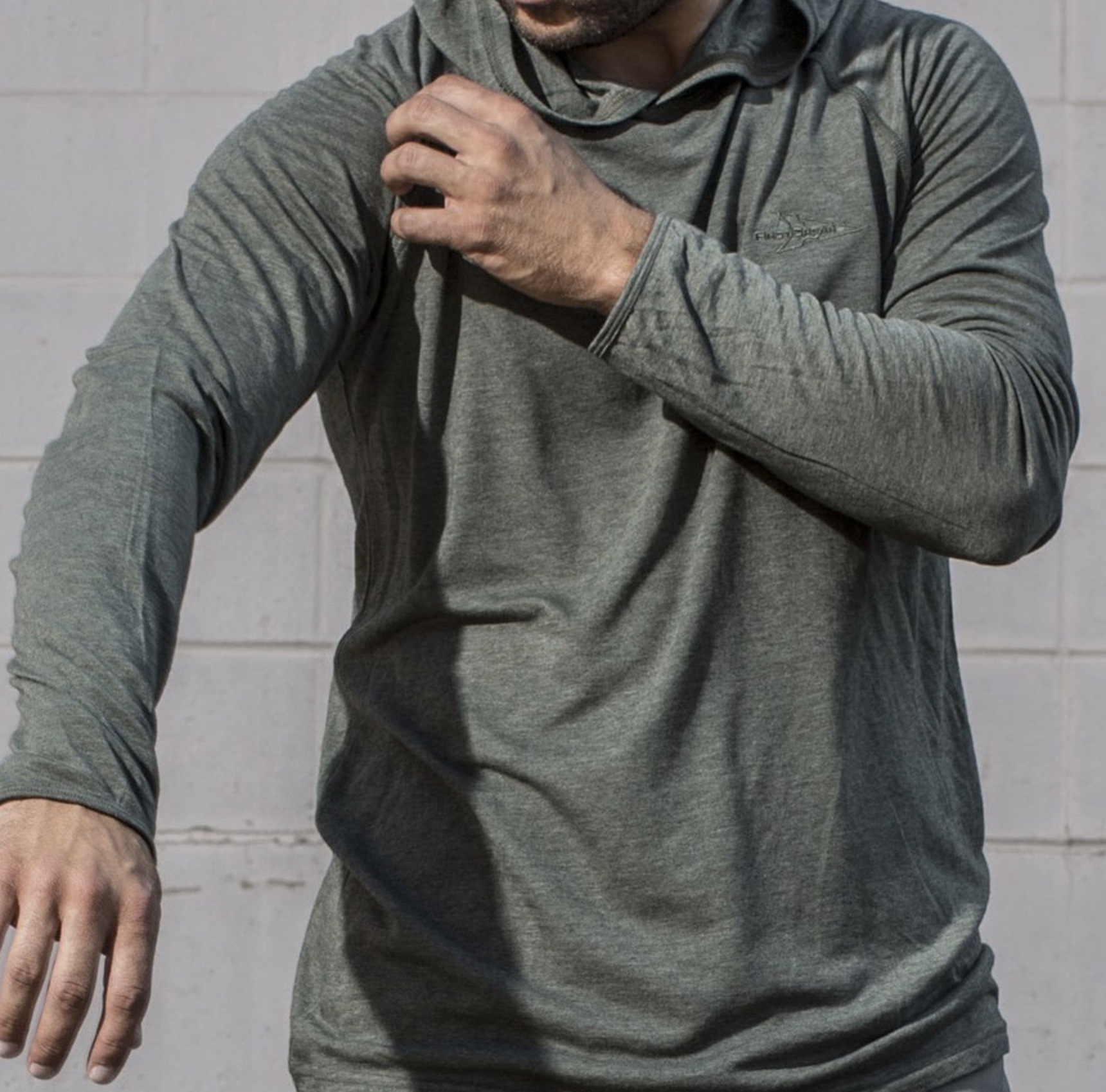
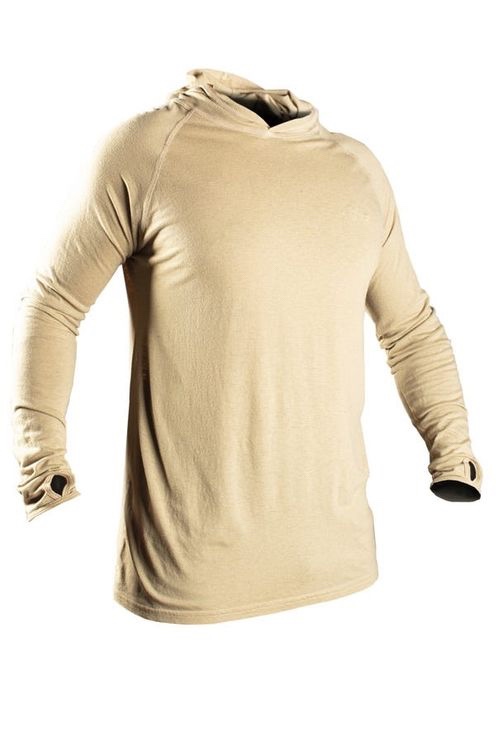
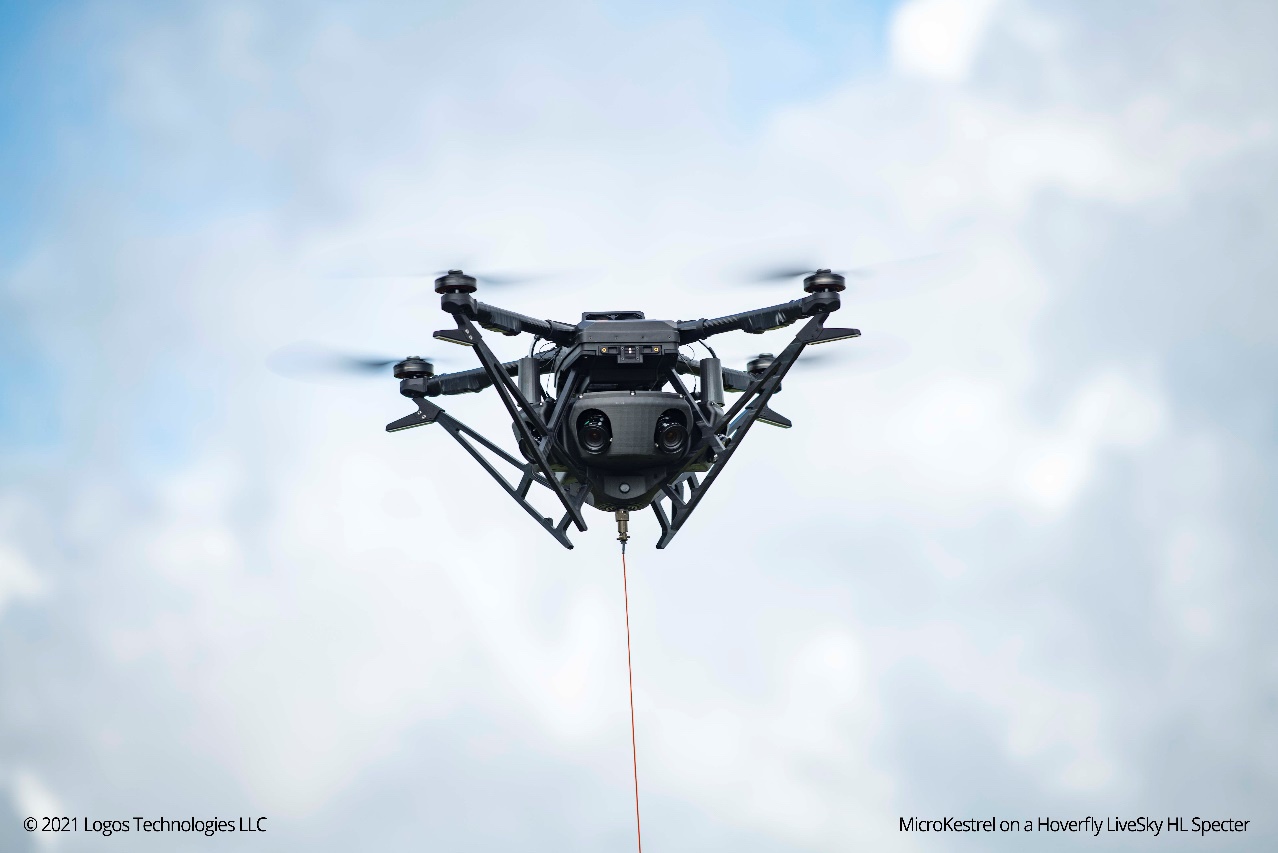
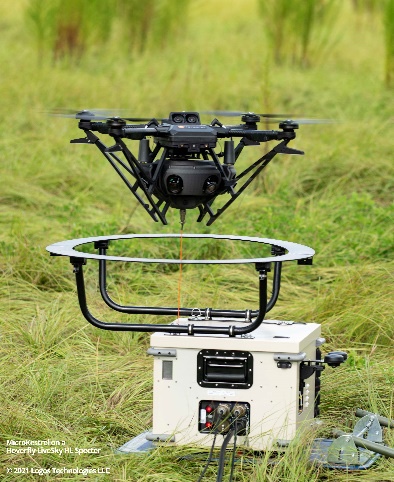 FAIRFAX, Va.— September 23, 2021 —
FAIRFAX, Va.— September 23, 2021 — 